What is ASTM A105 Flange?
ASTM A105 flange is a pipe fitting made from forged carbon steel. It is mainly used in piping systems operating under high pressure and at either ambient or elevated temperatures. This flange is widely used in industries such as oil and gas, power generation, petrochemicals, and steam systems.The ASTM A105 standard specifies the chemical composition, mechanical properties, and dimensional requirements of this product, ensuring its strength, ductility, and durability in demanding environments. While there are other flange standards like ASTM A350 for low-temperature use, ASTM A105 flanges are popular for their versatility and reliability.、
There are also different types depending on the shape. The a105 carbon steel blind flange is a very special one because it closes a connection and does not widen it. Blind flanges can also be of different types. Butterfly bridle is an example. Flat face, raised face and washer flanges are available depending on their face type. cl.150 a105 ansi 16.5 ring flange is another type with ring joint for better connection. Flanges can vary in size from ½ inch to 48 inch. Dimensional management standards can be ANSI, ASME, DIN, EN and other international standards.
ASTM A105 is a specification developed by the American Society for Testing and Materials (ASTM) that covers the standard for forged carbon steel piping components, including flanges. The A105 specification is widely used across a variety of industries to manufacture flanges that are subject to high pressure and high temperature conditions. A105N is a common variation of A105, indicating that the material has been normalized to improve its mechanical properties.
ASTM A105 Meaning
ASTM A105 covers wrought carbon steel piping components for use in pressure systems for normal and high temperature service.
This includes flanges, fittings, valves and similar parts, the dimensions of which may be ordered in accordance with MSS, ASME or API.
This specification does not cover round bar and seamless pipe raw materials used to produce piping components.
Chemical Composition of ASTM A105 Flanges
|
Element
|
Range
|
|
Carbon (C)
|
≤ 0.35%
|
|
Manganese (Mn)
|
0.60% – 1.05%
|
|
Silicon (Si)
|
0.10% – 0.35%
|
|
Phosphorus (P)
|
≤ 0.035%
|
|
Sulfur (S)
|
≤ 0.040%
|
These proportions ensure good weldability and impact resistance.
Mechanical Properties
Tensile strength: ≥ 485 MPa
Yield strength: ≥ 250 MPa
Elongation: ≥ 22% – 30%
Max hardness: 187 HB
Depending on thickness and dimensions, heat treatment may be required to ensure uniform performance.
Types of Carbon Steel A105 Flanges
There are several types of Carbon Steel A105 Flanges, each designed for specific applications. Here are the most common types:
1.Weld Neck Flanges: These flanges are designed for high-pressure applications and are attached to the pipe by welding. Their tapered hub provides reinforcement and prevents distortion under heavy loads.
2.Slip-On Flanges: Slip-On Flanges are easy to install and work well for low-pressure applications. They slide over the pipe and then require welding in place.
3.Blind Flanges: Blind Flanges close the end of a pipe or valve. These flange requirements arise during maintenance. Additionally, they also work as manhole covers for the vessel in use.
4.Socket Weld Flanges: These flanges have a socket that fits over the pipe and require welding to keep it in place. The flange design allows them to withstand high-pressure industrial applications. They are well-suited for only smaller-diameter pipes.
5.Threaded Flanges: Threaded Flanges have threads on the inner surface, allowing them to screw onto the pipe. Do you know that there are two types of threads in this flange? One is male and female threads. These threads are responsible for the pipe connection strength.
|
Flange Type
|
Description
|
Typical Applications
|
|
Weld Neck
|
Long neck for high strength
|
High-pressure, high-temperature systems
|
|
Slip-on
|
Fits over pipe, easy to install
|
Medium-pressure piping
|
|
Blind
|
Seals pipeline end
|
Isolation and maintenance
|
|
Socket Weld
|
For small diameter pipes
|
Chemical and steam pipelines
|
|
Threaded
|
Internal threads, no welding
|
Piping without welding needs
|
|
Lap Joint
|
Loose fit for alignment
|
Easy disassembly and misalignment
|
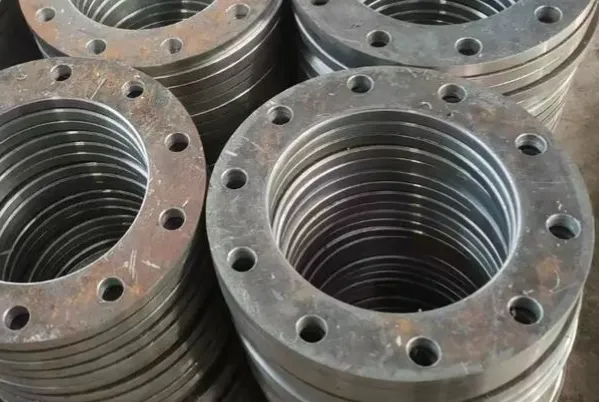
It is important to note that ASTM A105 and ASTM A500 are both carbon steel standards but serve completely different purposes.
ASTM A105 applies to forged components such as flanges, valves, and fittings used in pressure systems.
ASTM A500 applies to structural steel tubing (round, square, rectangular), either seamless or welded.
ASTM A105 is common in pressure connections, while A500 is more suitable for structural construction like steel frameworks, bridges, and industrial supports. Understanding this distinction helps engineers choose the correct materials to ensure safety and efficiency in projects.






 English
English Español
Español بالعربية
بالعربية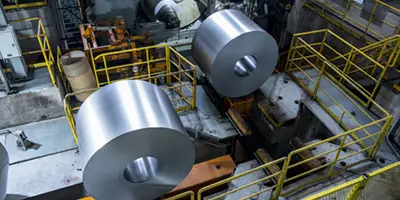

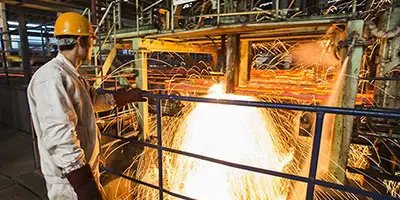
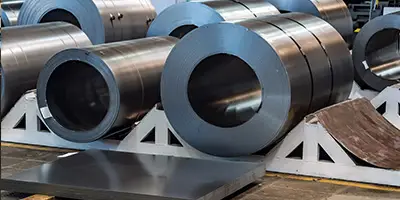

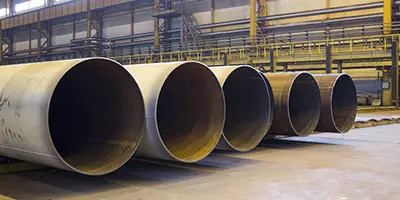
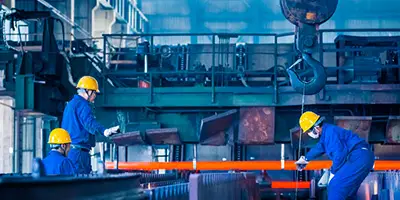
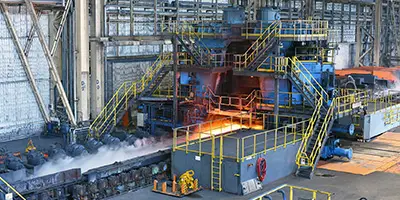
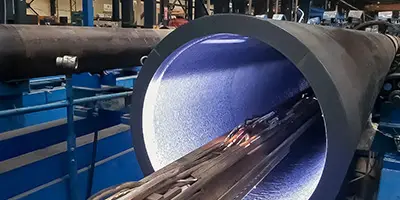
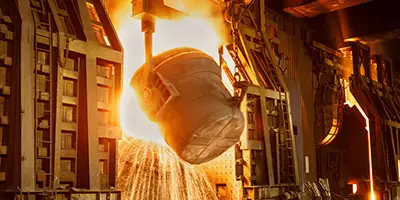


 Phone :
Phone :  Whatsapp :
Whatsapp :  Email :
Email : 


